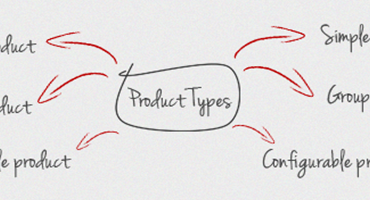Magento provides users with different product type profiles to select when creating a new product. Choosing the right product type is very important for accessing the appropriate set of features required to sell your items. My tutorial today is designed to help you understand the differences among product types and what they’re intended to set up your Magento products.
Are you ready to continue exploring a journey through the Adminhtml with us? Today we will further discuss Magento extensions – the issue that always grabs a lot of attraction and interest of many people. Let’s get started right now!
With the purpose of effectively managing the site, Magento uses an Access Control Lists (ACL) to authorize and control user access within the system. The tutorial presented today will demonstrate the ACL in details and guide you how to setup and authorize a backend menu. Please keep reading and discover!
The information contained in this tutorial is designed to help you obtain further knowledge of System Configuration XML in Magento Adminhtml with a minimum of time and effort. For more comprehensive and detailed understanding, just read on now!
Magento is designed to work with EAV database model and an attribute management is the indispensable part for developers to customize the system. I spent quite long time on researching on this important issue and today I am very delighted to write about it and guide you how to create and customize an attribute by your code.
In previous article, I wrote about some basic concepts of Adminhtml’s architecture. Today I aim to dig deeper into the form and grid widgets and show you the easiest way to use them in your extension. Read on to see how!


